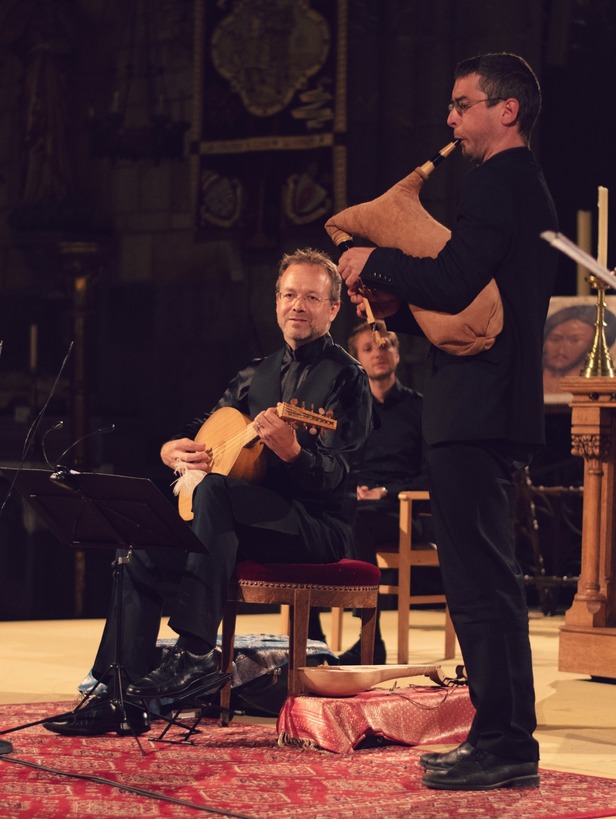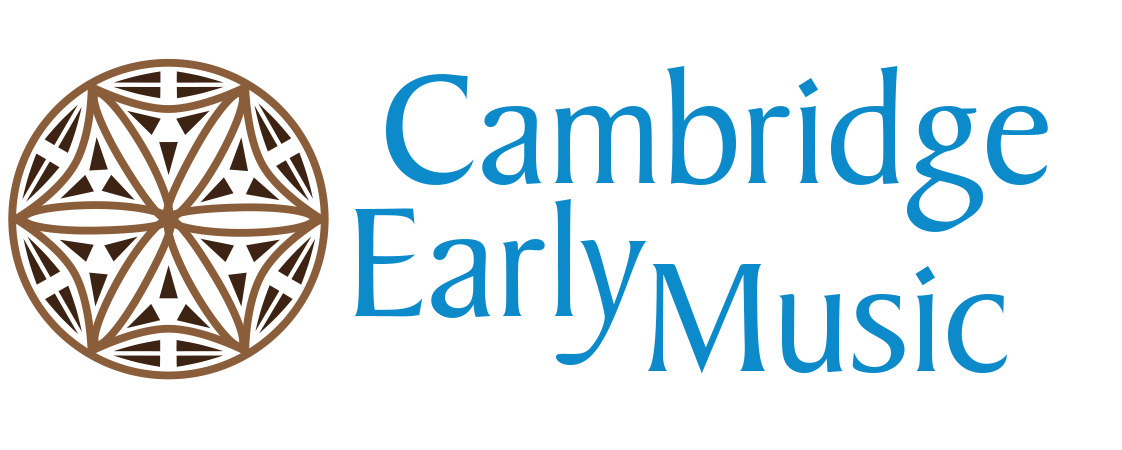Hear Ensemble Leones on Sat 14 January

What were your first musical experiences as a child?
My earliest memories include early musical education on a coloured xylophone with a noisy class full of other children. This is where I learned to read musical notation and the colours of the xylophone may have influenced my synaesthetic perception of notes and chords, which I only discovered some years ago.
My most compelling memory regarding a musical performance, however, was a festival of folk music in Brittany, where we spent a summer holiday. Apparently, I had the flu but despite my fever could not be moved from listening to the bombarde, bagpipes, and drums that were playing all day long. To this day I love the sound of these instruments and their medieval equivalents, though I do not myself play any of these.
Who has been the biggest musical influence on your life?
This is impossible for me to narrow down to one person. In each stage of my life, there were special people who send me on particular paths that would influence my taste and musical trajectory. Both my parents surely played their part in this, though I come from an otherwise largely amusical family: my mother sent me to music lessons and my father enjoyed certain types of music, including folk.
My first guitar teacher made me fall in love with plucked instruments, which set me a course that would – years down the road – lead me to picking up the lute. When I was a young teenager an adult friend introduced me to the Beatles, which opened up an entire world of pop music for me.
After I decided to study music professionally, other people around me and of course my teachers had strong influences on my development, most prominently my lute teacher and predecessor at the Schola Cantorum in Basel, Crawford Young.
What music do you enjoy listening to outside of work and performance?
I used to enjoy listening to classical music of all sorts, but in the past decade or so, funnily, I enjoy certain types of pop, folk, and rock music much more as a sort of “time out” from professional music making and listening.
What has been the most memorable performance you have given?
Again, there is not a particular single performance that might spring to mind. The hundreds of performances melt into an impression of a performing life and it is often rather the funny or obscure experiences that stick in the mind and usually for other reasons than the actual performance. The most horrific memory might be the one time we actually turned up too late to our own performance due to heavy traffic. That concert, however, turned out to be particularly beautiful once it had actually started.
How did you come to be involved in this ensemble?
I founded this group in 2008 and have directed it ever since. The size and line-up, however, changes from programme to programme guided by the requirements of the repertoires. Having said this, certain colleagues, who, after so many years of studies and concerts together have become close friends, were there from the very beginning, such as Baptiste Romain, who is also playing in this concert programme.
Tell us about the instrument(s) you will be playing
I’ll be playing the gittern and the citole, two plucked, lute-like instruments of the Middle Ages. The first one, the gittern, originated in the Arabia and was taken over by the Christian European cultures at some point in the late 12th and early 13th centuries via cultural contact on the Iberian peninsula and Sicily. It was then also called the “chitarra morisca”. It is a piriform instrument, much like a small lute, though with a sickle-shaped head.
The other, the citole, also called “chitarra latina” was developed out of earlier European lute-instruments and by the 13th century features a characteristic holly leaf shape, and ornamental fleur-de-lis at the lower end, and a thumbhole in the neck. With its fleur-de-lis resting in the crook of the player’s right elbow and the left thumb in the neck-hole the citole is maybe the most ergonomic instrument of the Middle Ages, resting in the arms of the player like a baby. Both instruments have frets and are played with a plectrum that provides them with quite percussive qualities.
What should the audience expect from your concert at CEM?
An audience who already knows and loves medieval music, poetry, instruments, and sounds will have their expectations fulfilled. I do not believe, however, that background knowledge of these particular musical aesthetics is required to enjoy such a concert. I see this programme – no matter how specialised its topic might appear on the outside – first and foremost as a musical performance, and as such it may be enjoyed.
What is your favourite part of this programme?
While we will also perform some instrumental pieces, I feel that the narrative songs are the pieces that excite me most: they engage the audience and transport them to a timeless sphere and take me as an accompanying instrumentalist along on the journey. It is a privilege to provide the instrumental framework for a good singer, who is also a story teller.
Do you have connections to Cambridge?
I visited Cambridge a few times and also got to know the Round Church, which absolutely transfixed me and when this concert opportunity was raised by Richard Robinson, he had me straight away, when he named the venue.
